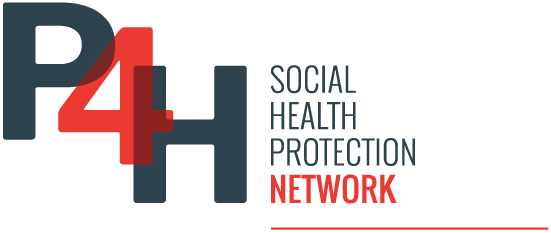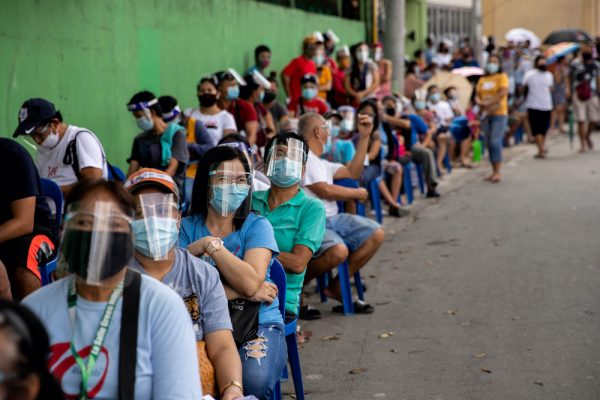The health system in the Philippines has two major defining public health safeguards- the Philippine Health Security Corporation known as PhilHealth and the Universal Health Care Law passed in February 2019 that now extends PhilHealth to all Filipinos. While most members contribute to health insurance, the elderly and the disabled receive full government subsidy. PhilHealth’s contributions increased from P106.4bn ($2.1bn) in previous years to P146.3bn ($2.9bn) in 2019.
The COVID 19 Pandemic resulted in a massive increase in budget allocation for the Department of Health for FY21 to P203.1bn (4bn). However, this did not translate into more social health protection provided by PhilHealth.
One of the reasons is that OOP expenditure has seen a steady rise in the country amounting to P413bn ($8.2bn) two years ago as private healthcare offers more specialized services. The Philippines also imports most of its drugs from abroad which means there is no major local manufacturing of pharmaceuticals. Thus it requires greater levels of cooperation between public and private actors as UHC gains momentum.
The information has been sourced from a chapter of The Report | The Philippines 2021, published by Oxford Business Group. Click here to read the full chapter.
Image Credits: East Asia Forum
Have anything to say about the health insurance financing in the Philippines? Please let us know in the Comments Section below.


